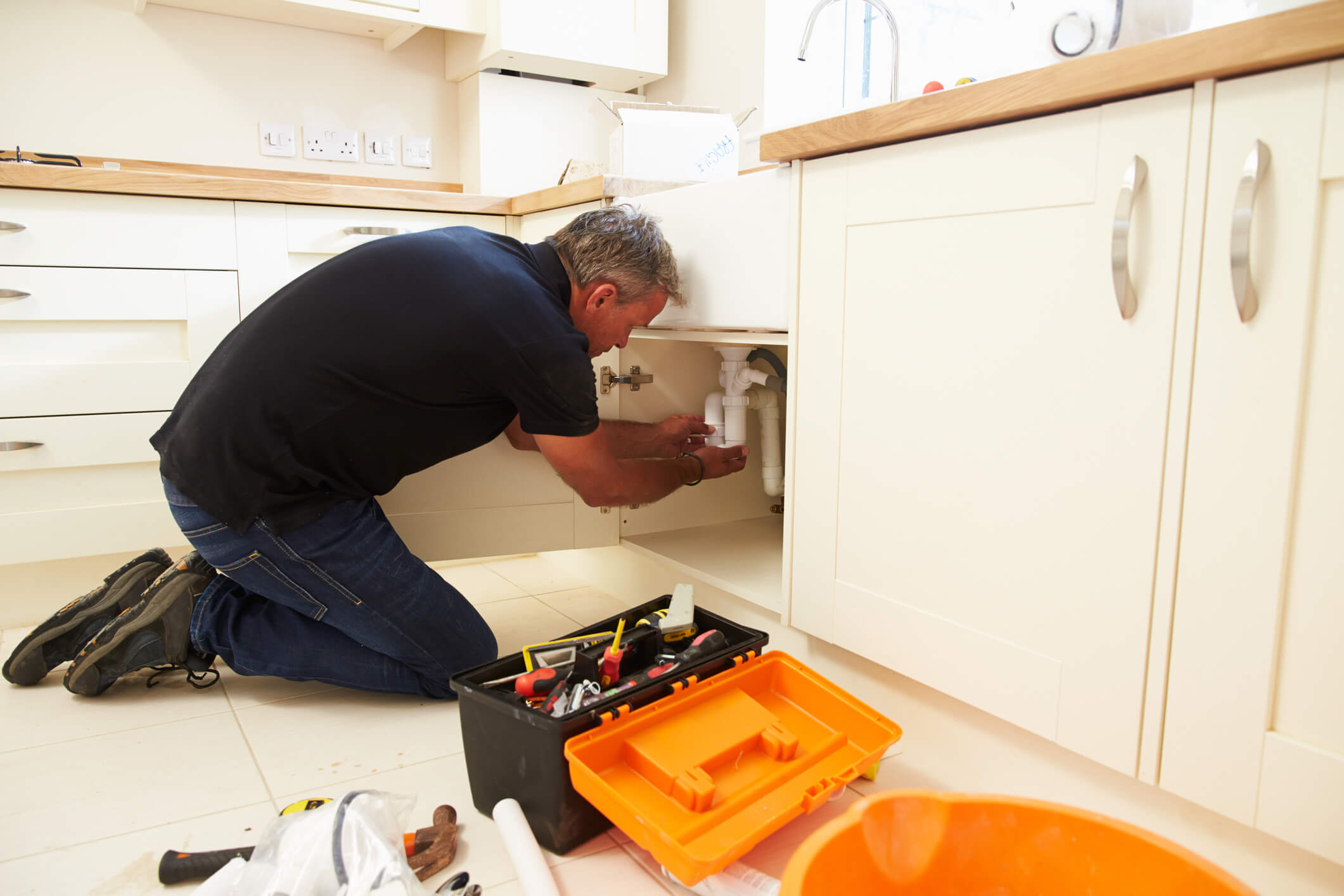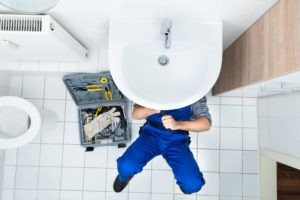Solving Plumbing Problems in Rental Properties: Strategies for Landlords
Solving Plumbing Problems in Rental Properties: Strategies for Landlords
Blog Article
In this article underneath you'll find additional exceptional expertise pertaining to How can you handle tenant plumbing issues effectively.

Taking care of plumbing problems in rental buildings efficiently is essential for maintaining lessee complete satisfaction and preserving the property's value. Whether you're a property manager or a residential or commercial property manager, recognizing how to deal with these typical issues can conserve you time and money while making certain compliance with legal obligations. Right here's a detailed guide on how to handle pipes issues in rental buildings.
File Every little thing
Keep thorough documents of all reported plumbing problems and the activities required to resolve them. Paperwork ought to consist of dates, summaries of the problem, communication with occupants, and invoices from specialists or plumbings. This information can be vital for insurance policy claims, tax reductions, and legal defense.
Use Qualified Professionals
Constantly use accredited and insured specialists for considerable plumbing repair services and installments. This makes certain that the job is up to code and can aid prevent responsibility problems in case of crashes or additional damages. It also comforts occupants that fixings are being taken care of professionally.
Develop Clear Interaction
Motivate tenants to report any type of plumbing issues as soon as they take place. Supply multiple communication channels such as phone, e-mail, or an occupant site to make it easy for them to connect. Prompt feedbacks to these reports can stop small issues from escalating into significant problems.
Inform Occupants
Enlighten your tenants concerning what comprises a plumbing emergency and what does not. Give standards on just how to manage small concerns themselves, such as making use of a plunger to unblock a toilet. Also, educate them regarding what they must stay clear of taking down drains pipes to avoid obstructions, such as oil, coffee premises, and non-biodegradable things.
Regular Upkeep
Carry out a regular maintenance routine for all pipes systems in your leasing buildings. Routine checks can assist determine and fix issues like leaks, slow drains pipes, or rusty pipelines prior to they end up being major. Take into consideration employing a professional plumbing to examine the residential or commercial properties every year or semi-annually.
Quick Response to Emergency Situations
Have a strategy in place for reacting to pipes emergency situations. This must include having the contact details of trusted pipes services that use 24/7 emergency repair services. Quick action is vital to minimize damage in situations like burst pipes or extreme leaks.
Preventive Upgrades
Take into consideration updating older plumbing systems and components to much more modern, efficient designs. This can decrease the regularity and severity of pipes issues and lower lasting upkeep prices. It's likewise a selling point for prospective occupants that value upgrades and modern-day features.
Occupant Move-Out Inspections
Conduct detailed pipes checks during move-out inspections to make certain that any issues are recognized and attended to before a brand-new renter moves in. This protects against disputes with new renters over pre-existing problems and guarantees the home is in top problem.
Understand Legal Obligations
Know your legal responsibilities concerning plumbing and basic residential property upkeep. A lot of jurisdictions call for landlords to ensure their residential properties are habitable which all pipes systems remain in good working order. Failure to address major problems promptly can bring about lawsuits from renters.
Renter Reimbursements
If a pipes problem requires immediate focus and the renter solves the problem by themselves, have a clear plan in place for repaying expenses. Ensure occupants recognize they ought to acquire previous approval for higher-cost repair services unless it's an outright emergency.
Conclusion
Managing plumbing issues in rental homes calls for a proactive technique and good communication with tenants. By staying on top of maintenance, reacting immediately to emergencies, and making use of qualified professionals, property owners can maintain their buildings in excellent problem and maintain good partnerships with lessees.
How to Handle Water Damage in a Rental Property
What is Water Damage?
Water damage is harm or destruction caused by water entering areas where it is not supposed to be. It can be caused by a variety of sources and can manifest in different ways. The most common examples of water damage include:
Leaking roof Plumbing leaks Appliance malfunctions Poor drainage Flooding Sewage backup Condensation Tenant negligence HVAC system issues Frozen pipes Is water damage dangerous?
Water damage itself is not inherently dangerous, but it can lead to various hazards and health risks if not promptly and properly addressed. The severity of these risks depends on the extent of the water damage, the source of the water, and how quickly it is mitigated.
Some potential dangers associated with water damage include structural damage, mold and bacterial growth, electrical hazards, water contamination, and pest infestations. In situations where mold and mildew have gone unaddressed, mold can start to develop within 24-48 hours of water exposure, and this can impose a serious health risk to tenants. In particular, mold spores and damp conditions can lead to respiratory issues and even make existing health problems worse, such as allergies, asthma, or immune disorders.
Water Damage in an Apartment - Who is Responsible?
If the water damage is caused by the tenant’s negligence, the tenant is responsible for the cost of repairs. If the water damage is caused by a defect in the property, the landlord is responsible for the cost of repairs. If the water damage is a result of natural causes, such as excessive rain, then the landlord is responsible, since the water intrusion likely occurred due to a defect in the property. Landlord Responsibility water damage in rental property
Since maintaining habitability is the landlord’s legal responsibility, landlords are responsible for any resulting structural damage caused by water damage. These structural damages may include damage to walls, roofs, ceilings, and flooring. If water damage has affected the rental property’s original structure, the landlord is responsible for repairing or replacing those materials. Therefore, landlords should have property insurance that covers the structural components of their rental property so that they can receive help with the costs of covered events.
Preventative measures can also help landlords avoid massive renovations. Preventative maintenance may include conducting regular inspections to identify and address potential water damage before it becomes a major and urgent problem.
If a landlord fails to meet their responsibilities regarding water damage, it can lead to legal disputes and potential liability. Tenants who believe their landlord is not addressing water damage issues in accordance with California law can seek legal advice or contact local housing authorities for assistance.
https://www.goodlifemgmt.com/blog/water-damage-in-a-rental-property/

We were introduced to that article about How to Handle Plumbing Issues in Your Rental Property through someone on another web blog. Liked our write up? Please share it. Let someone else find it. Thank you for your time. Return soon.
Report this page